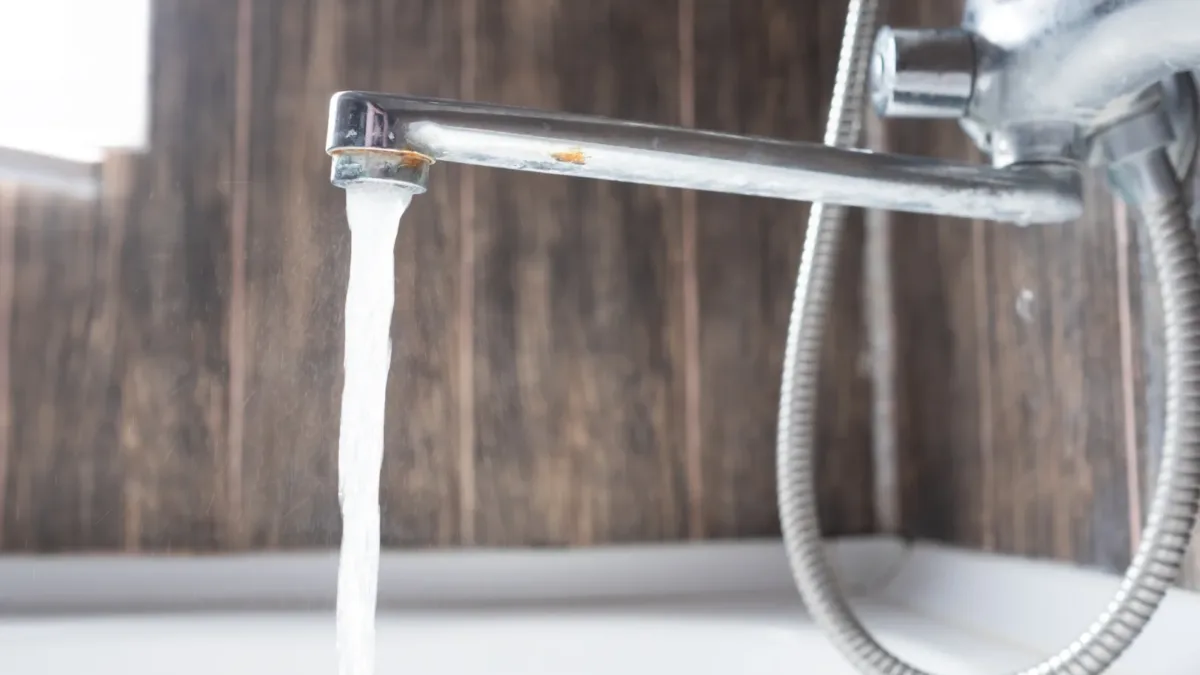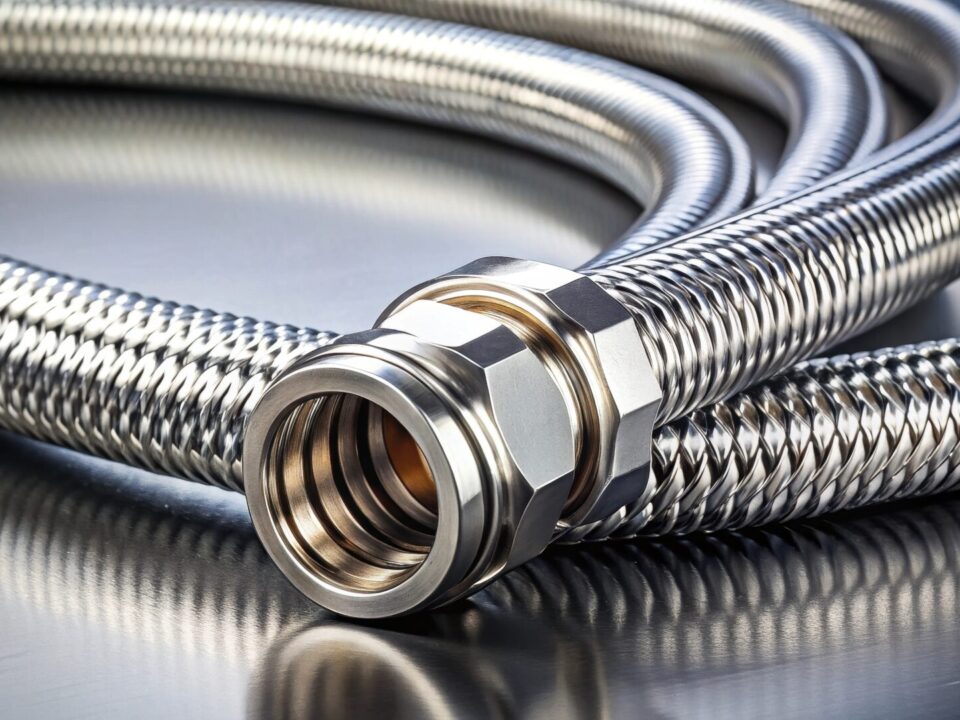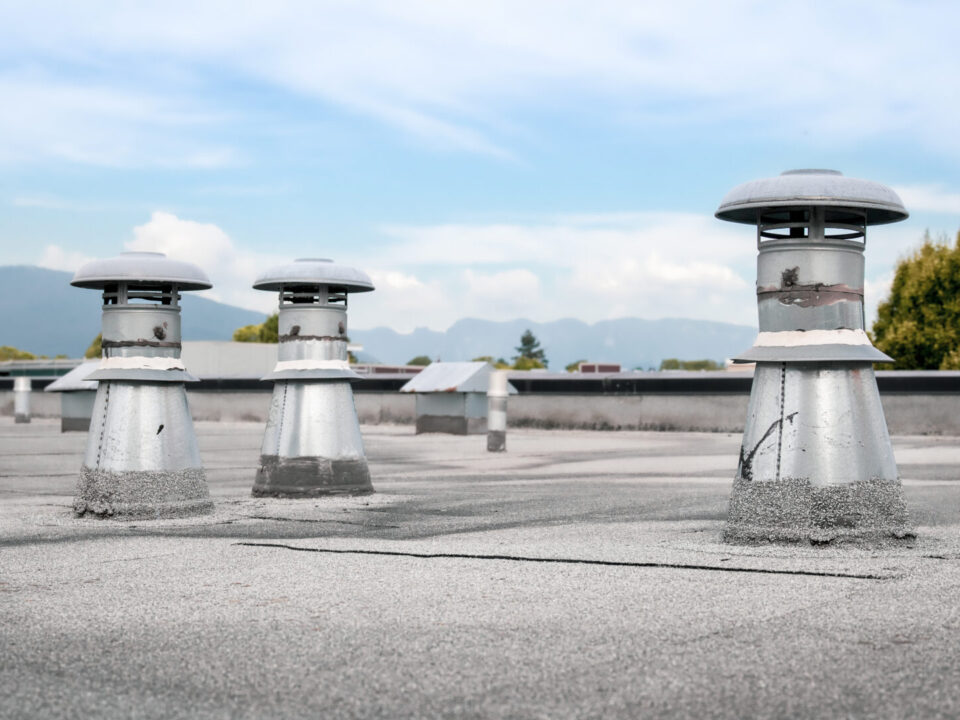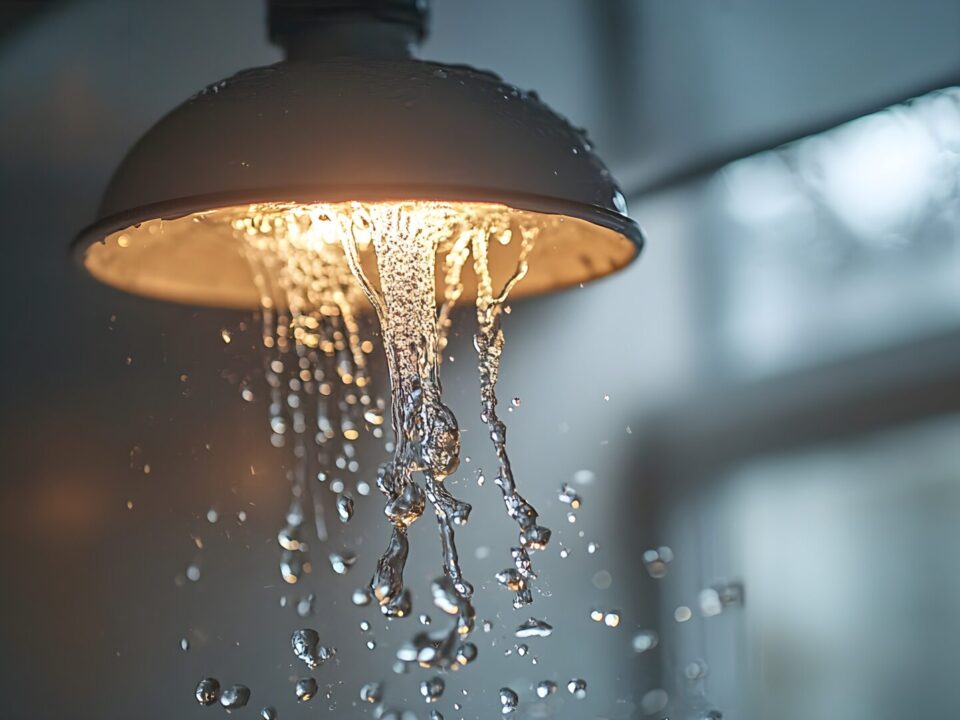How to Measure Your Home’s Gallons Per Minute and Why It Matters
Are you a homeowner looking to optimize your water usage? Understanding and measuring the Gallons Per Minute (GPM) flow rate in your home plumbing system is crucial. Not only does it help in reducing water bills, but it also contributes to a more sustainable lifestyle. Let’s dive into how you can easily measure the GPM in your home and why it’s an essential aspect of your plumbing system.
What is Gallons Per Minute?
Gallons Per Minute (GPM) measures how much water flows from your faucets, showerheads, or any water outlet in one minute. It’s a critical metric that dictates how efficiently your plumbing system operates.
Why Measure Gallons Per Minute?
Knowing the GPM of your home’s plumbing fixtures can help you:
- Identify High Water Usage: Spot fixtures that use excessive water.
- Detect Plumbing Issues: Low GPM could indicate blockages or leaks.
- Choose Efficient Fixtures: Select replacements that save water and money.
- Environmental Impact: Reduce your household’s water footprint.
Step-by-Step Guide to Measuring Gallons Per Minute
Materials Needed:
- A timer or stopwatch
- A measuring container (preferably marked in gallons or liters)
Steps:
- Select a Fixture: Begin with one fixture, like a sink tap or showerhead.
- Prepare Your Tools: Have your timer and container ready.
- Capture the Water: Turn on the fixture to its usual pressure and let the water flow into the container.
- Time It: Simultaneously start your timer. After exactly one minute, turn off the fixture.
- Measure the Water: Check how much water is in the container. This amount is your GPM.
Interpreting Your Results
- High GPM: Indicates high water flow. Consider installing low-flow fixtures.
- Low GPM: This could mean there are blockages or leaks. Inspecting your plumbing may be necessary.
- Standard GPM: For most homes, a typical GPM ranges from 1.5 to 2.5 for faucets and 2.5 for showerheads.
Can changing my showerhead or faucet reduce my water bill?
Changing your showerhead or faucet to a model with a lower GPM can significantly reduce your water bill. Showerheads and faucets with high GPM rates use more water per minute, leading to higher water consumption. By installing low-flow fixtures that use less water while maintaining adequate pressure, you can decrease your water usage and, consequently, your bill. This is especially effective over time, as even small reductions in water flow can add up to substantial savings.
How does GPM affect water pressure in my home?
GPM and water pressure are closely related but not the same. GPM measures the volume of water flowing through your fixtures, while water pressure is the force that drives the water through your plumbing system. A change in GPM can affect how you perceive water pressure. For example, if you reduce the GPM, you might notice a decrease in the water flow intensity. However, this doesn’t necessarily mean the water pressure has dropped; it’s just delivering less water. Conversely, suppose your plumbing system has high water pressure. In that case, you might experience an increased GPM unless you have fixtures designed to limit flow.
What are low-flow fixtures, and how do they differ in GPM?
Low-flow fixtures are designed to reduce water consumption without sacrificing performance. They include showerheads, faucets, and toilets engineered to use water more efficiently. For instance, standard showerheads typically have a flow rate of about 2.5 GPM. In contrast, low-flow showerheads reduce this rate to 2.0 GPM or even less, often as low as 1.5 GPM. These fixtures maintain water pressure while using less water, contributing to environmental conservation and water bill cost savings.
Can I adjust the GPM on my existing fixtures?
It is often possible to adjust the GPM on existing fixtures, but this depends on the type of fixture and its design. You can often install a low-flow aerator for faucets, which reduces the water flow without replacing the entire fixture. Replacing the head with a low-flow model is typically the best approach for showerheads. However, not all fixtures are adjustable, and in some cases, replacing them with low-GPM models might be the only option to achieve significant water savings.
Are you having Water Issues? Call Joe the Plumber
Measuring the GPM of your home’s fixtures is a simple yet effective way to manage your water usage. It’s a proactive step in maintaining an efficient, cost-effective, and environmentally friendly home. By understanding and controlling your GPM, you save on bills and contribute to a more sustainable world.
Remember, if you encounter any plumbing issues or need advice on water-efficient fixtures, Joe The Plumber is always here to help. Let’s make every gallon count!








